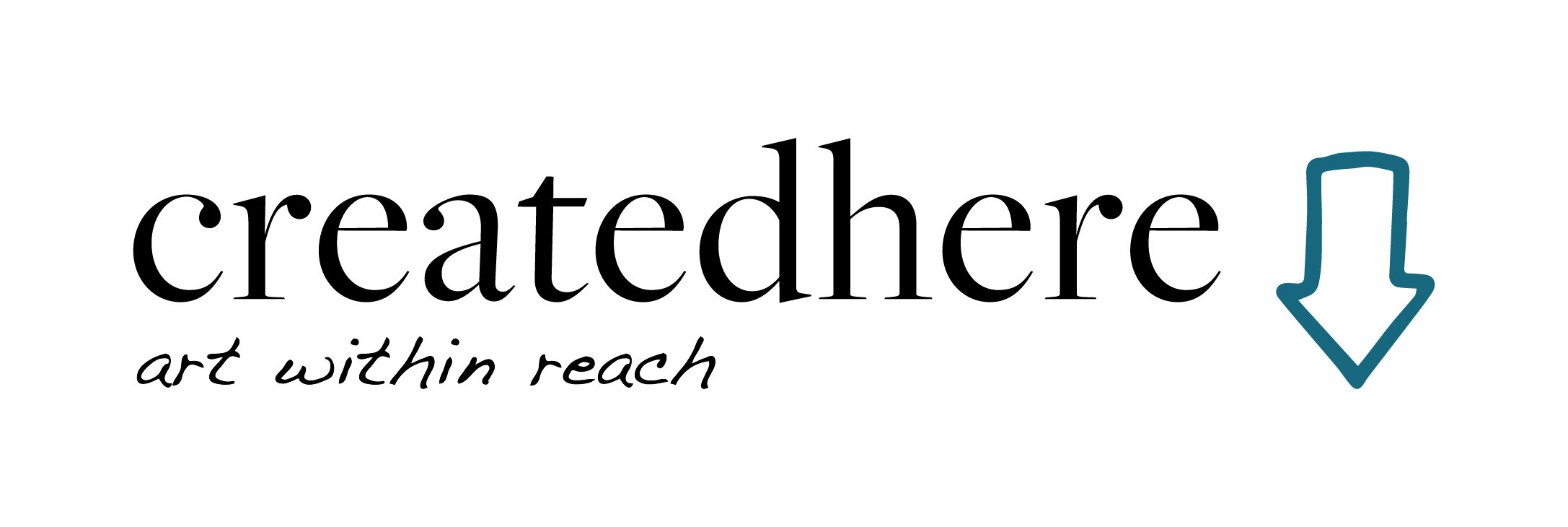Part Four | The Renaissance of Contemporary Acadian Art in New Brunswick
A Contribution to the Acadian-ness Movement by Artists Claude Roussel and Paul Édouard Bourque
by Anik Marchand
Part 4 of 4: Acadian-ness Movement of Today
Without Claude Roussel’s desire to bring modern and abstract art from Montréal to New Brunswick, the Acadians would have been delayed in experimenting with contemporary aesthetics…
…and perhaps, the representation of the rise of Acadian nationalism in the 1960s would not have been documented as adequately, visually. Artists and authors are key players in New Brunswick’s history, and they helped shape the new Acadian identity—a complex one to construct, but one that has been passed through generations and has been kept alive since the early 1600s.
Acadians have been called the ‘backwaters’ of Canadian art prior to the 1960s. Nevertheless, since the opening of the l’Université de Moncton and the department of visual arts, there has been a collective effort to bring forth the talent of Acadians to the global scene, not only in the visual arts but in literature and film production as well as in dance and music.
Paul Édouard Bourque is a contemporary example of an Acadian artist still strongly attached to L’Acadie and its history. The role of the artist is to engage with and bring forward a reconsideration of reality, philosophies, or political views.
However, what happens when an artist’s environment is both reality and fiction simultaneously functioning as one? “Acadia” is that place. Since Canadian Confederation (1867), there is no longer land or a place known as “Acadia” and, no option on governmental documents to state one’s nationality as Acadian. Queen Elizabeth II’s apology to the Acadians on December 9, 2003, acknowledging wrongs done to a culture by her people thus seems belated. A group of people who consider themselves Acadian, however, still exists, living across the globe and contributing to the survival of their culture and the ones in which they are settled. Bourque’s visual art embraces both, the realities of being an Acadian and the constructed realities that metaphorically explain the past of Acadians by using characters such as the Évangéline, a character which is to this day still celebrated across the French Maritimes.
It is important to celebrate one’s culture freely and openly and to acknowledge our roots. Today’s Acadian artists, such as Paul Édouard Bourque are still very proactive in keeping their Acadian roots alive and often bring them to the forefront of their art. New Brunswick’s art galleries and museums have also made a collective effort to incorporate historical programs educating visitors on the province’s past. Galleries such as the Beaverbrook Art Gallery in Fredericton, once considered an English-speaking majority gallery, has begun exhibiting works by Acadian artists such as Herménégilde Chiasson, Paul Édouard Bourque, and Claude Roussel.
Since 2018, the Beaverbrook Art Gallery has been showing an on-going exhibition entitled Claude Roussel: Monumental, a collection of 20 sculptural maquettes. Back in 1959, Lord Beaverbrook announced the appointment of Roussel as the Assistant Curator of the Beaverbrook Art Gallery, stating, “Young Roussel will give the gallery a major liaison with the Acadian culture of this area and at the same time impart to our French-Canadian artists a real sense of belonging.” A great step forward for Acadians and English mixing worlds.
While there still might be minor friction between Acadians and the English-speaking communities, galleries in Moncton and Dieppe are progressing towards more inclusive programming to include Acadian artists, and Saint John has recently opened the Francophone Art Community Centre. New Brunswick is moving forward in becoming a more inclusive province; festivals outside of the province, such as the “Francofolies de Montréal” have embraced Acadians by incorporating fifteen Acadian artists on the main stage, on June 14, 2017, and the “Festival acadien” on Île du Havre Aubert in Québec, play an important role in educating those unaware of Acadian culture and are also key players in preserving a minority culture tucked away on the east coast of Canada.
Thanks to generous funding from the Strategic Initiatives Fund
About the Author
Anik Marchand (Canadian, born 1991) — A freelance Canadian art history writer, Marchand has been writing about art history since 2010. She attended the University of Waterloo, graduating with a B.A. in Art History, and then attended Concordia University, graduating with a M.A. in Art History with a focus on Acadian Identity. In addition to writing about Canadian art history, Marchand is also very passionate about researching lost Acadian and French-Canadian histories and bringing them to life through her art and writing.
Images
Figure 4.1:
Claude Roussel, Moncton 100 Monument, 1990
610 × 2591 × 396 cm, Bronze, stainless steel and granite fountain
Collection of the City of Moncton
© Claude Roussel (Photo: Mathieu Léger)
Figure 4.2:
Paul Édouard Bourque, Mikey, 1988
28 × 21.5 cm, Photocopy and mixed media on paper
© Paul Édouard Bourque (Photo: Jim Dupuis)
Figure 4.3:
Paul Édouard Bourque, Mikey, 1982
56 × 44 cm, Screen print and mixed media on Masonite
© Paul Édouard Bourque (Photo: Jim Dupuis)
Figure 4.4:
Lord Beaverbrook with Claude Roussel holding the bust of Sir Winston Churchill at the Beaverbrook Art Gallery, c. 1960.
(Photo: Harvey Studios)
Figure 4.5:
Photo Anik Marchand
A Gallery in your Mailbox
For more fabulous articles like this one, pick up a copy of one of our print editions. Each issue is overflowing with local New Brunswick artists for you to discover.








